Stella Zhong and many confusing scales
In its richness, a Stella Zhong painting, just like a Zhong sculpture or installation, is a little extra universe added to the current one
New York-based, Chinese artist Stella Zhong (b. 1993) is somewhat of a seer. Her visionary sculptures, installations, and paintings come across as uncanny speculations about how the world will or could be like. During a recent conversation with her, one of most striking things she mentioned to us was about her art-making process: “it tends to go from the very boundless, maybe even ridiculous, unhinged questions about ungraspable things to hyper localized and focused objects. Somewhere in between these two pulling elements, I try to arrive at a possible world.” she says.
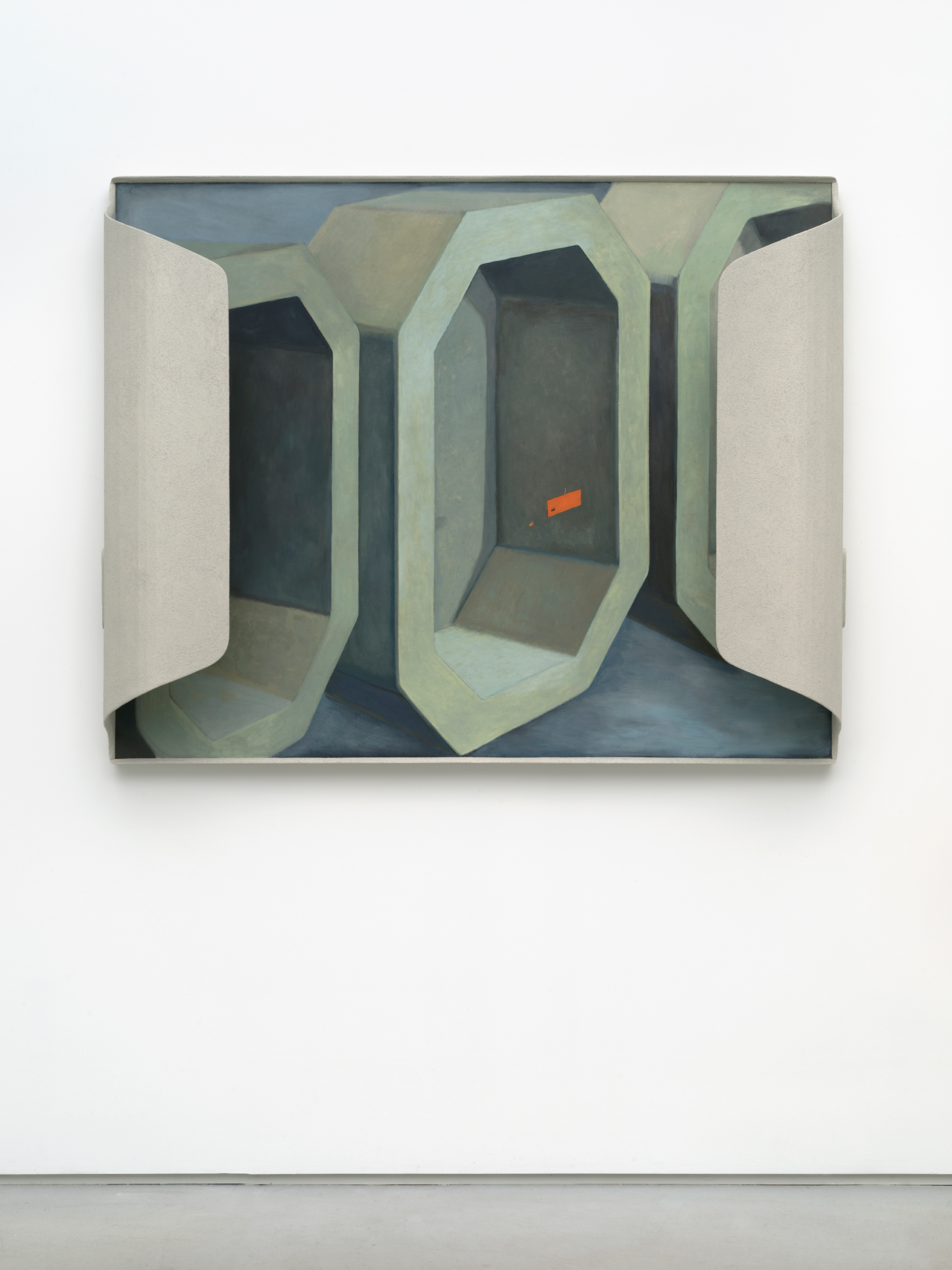
Coming from a family of musicians, Zhong told us she’s been that “art-kid” since an early age, taking up painting first and later studying glass art in the US, a subject that helped her make the jump to tridimensional work. She mentioned her youth in Shenzhen in Southern China as an inspiration for some of the futuristic quality of her art: “the country has been developing so fast that buildings with the most daring shapes have been built quickly for almost no reason; architects and designers have been making things as unreal as possible.” OMA’s “big pants” for the headquarters of the Central Television in Beijing comes to mind.
Along with futurism and unreality, Zhong’s work inspires a sense of disorientation, which is best exemplified in the hypercomplex yet inspiring map she made of her 2021 exhibition at Chapter NY. Available as a handout in the gallery space and used for the press release, this digital drawing of the floor plan with alleged positions of each artwork borrowed the language of astrophysics scale maps, where scientists would include seemingly unrelated measures in a single graph. Says Zhong about her map: “I am interested in highly specialized fields of knowledge such as physics, where things can make sense only within a certain environment.” For lay people like us, being confronted with multiple scales on a single map, along with its referencing highly specific systems of information, leaves us pleasantly baffled.
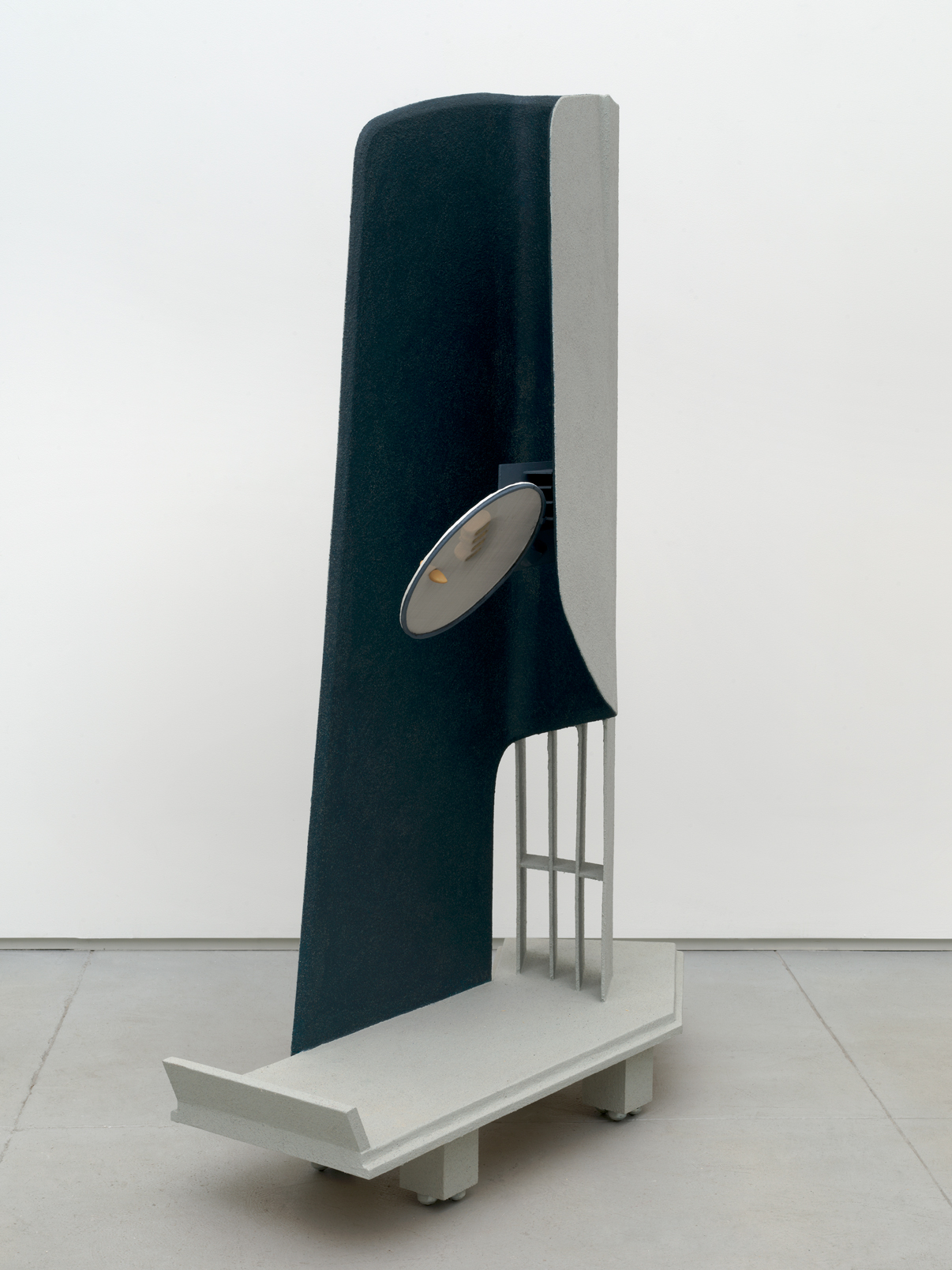
Surrealism v. Sci-Fi
At first sight, surrealism and science fiction have little in common. An art historical current turned into a common term, the former refers to a departure from reality whose limits are only those of our imagination. Anything goes in a surreal world, just like anything goes in the most troubling dreams. On the contrary, a sci-fi world is often more regulated and systematic – the rule might be weird but it is respected. To us, Zhong’s artwork seems to strive in between these two camps. On this point, she says: “I usually don’t think in terms of genre so I don’t align with one or the other. I see my artworks as proposals for something that could possibly happen, or objects that could be made. Sci-fi is rooted in our current time but it shows things we can’t see yet. My aesthetics and shapes have a sci-fi feeling to it, maybe because I extensively look for inspiration in current technology such as satellites. The surrealism part is more at the essence of my work: the lawlessness of our private mind, only a small part of which can be controlled.”
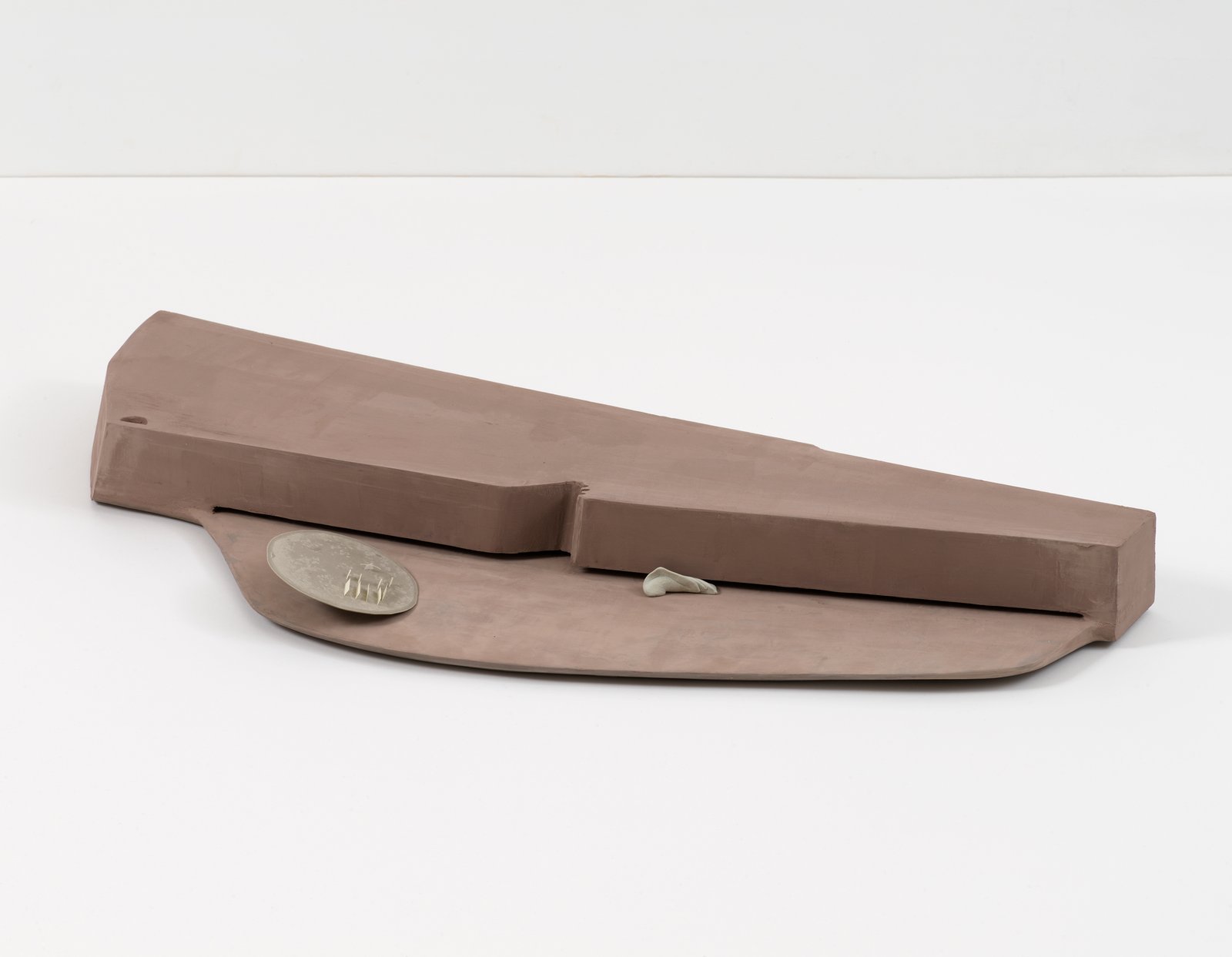
Facts
Zhong’s exhibition at Chapter NY was titled comet without a tail, referring to the recent observation of a tailless comet, whose existence had heavy implications in astronomy, putting established definitions and theories under a lot of stress. This anecdote from astronomy functioned as a departure point for the artist to create the immersive installation at the New York gallery. The idea of starting from a relevant fact from physics to build an art exhibition prompts a few questions. How does this process relate to the outcome? What is the connection between a scientific fact and its implications for both science and the artwork inspired by it? Zhong’s answer is precise: “For example, in the Hyperbuoyant Starch piece, I was interested in the specific shape of the potato chip, its mathematical shape called hyperbolic paraboloid, which theoretically cannot be cleanly folded in half. I was inspired to bend an unbendable shape as a gesture to undermine the authority of reality; or the starch, whose billions of particles make up for the potato chip, carries the reflection on what it means to be an individual among many. I like to make the viewer lose their sense of stability through concrete objects.”
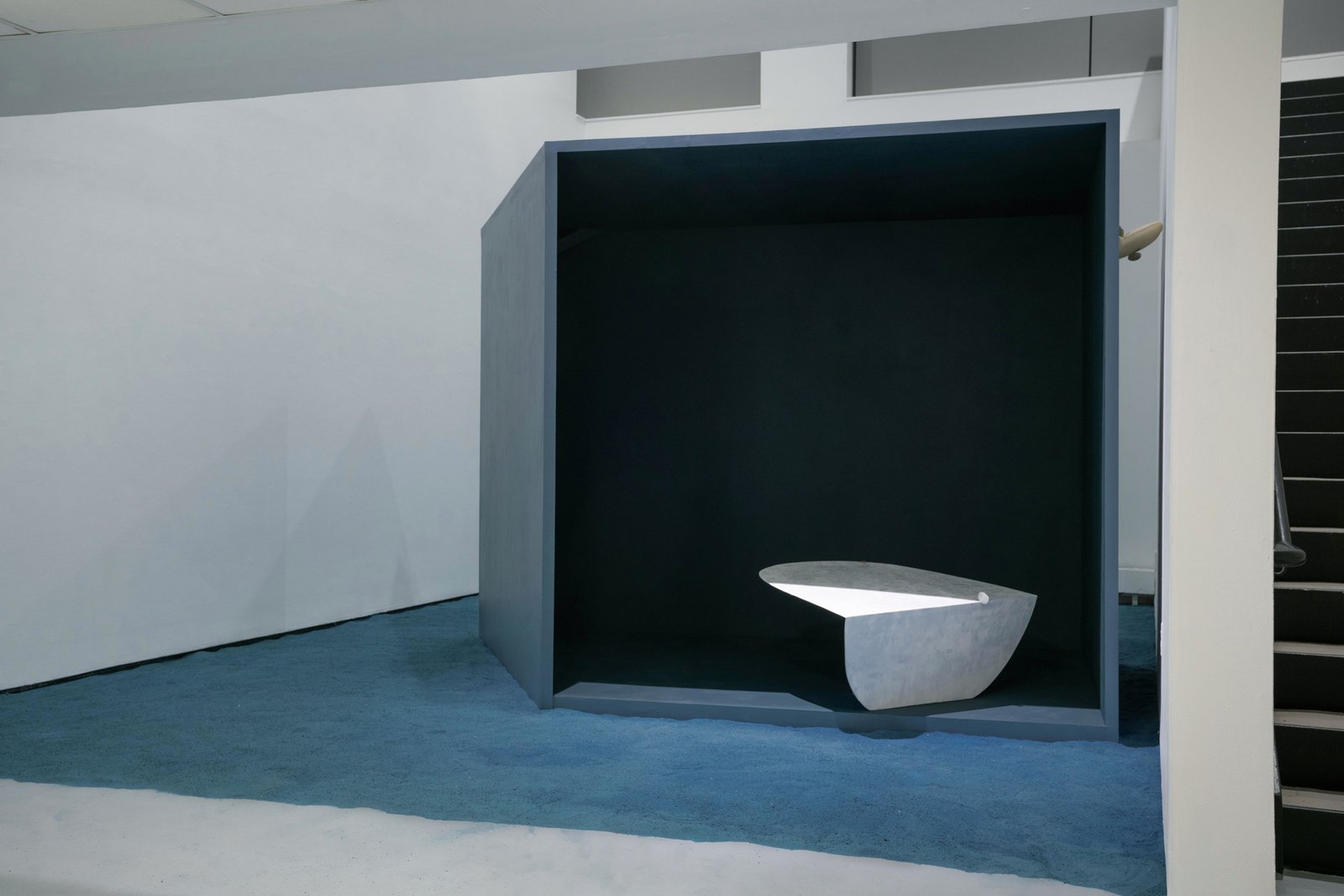

Model
In their short text titled SPIT/MODELS (2020), architecture theorists Carlo Menon and Sophie Dars oppose reality and models. Following George Bataille and Michel Leiris, they propose the antithesis between formlessness and form, between the true formless reality and science and architecture’s “straightjacket.” Models are made “to perform a concept, […] They come with a hypothesis for the future.” [1] Menon and Dars say. Zhong’s “artworks as models” are and do that too. About them, she says: “Working on multiple scales is a big part of my method. Models are generally never fully rendered, but my work tends to be in super high definition, almost like a computer rendering. Viewers have told me they felt they were dropped into the Rhino software, where everything is super precise, but you could shrink to the scale of an atom and enlarge to the one of the universe.” Formless reality and sleek models seem to turn upside down in Zhong’s early video Pond in Pond (2018), where the replica of an urban skyline of paper solids is contrasted with a perfectly flat water surface. The actual water comes across as an allegory of reality, yet it is opposite of formless, while the model of a city on it is quite rugged and uneven. About Pond in Pond, the artist says: “That video is shot underwater and turned upside down. With it, I was interested in the space that is underneath reality.”

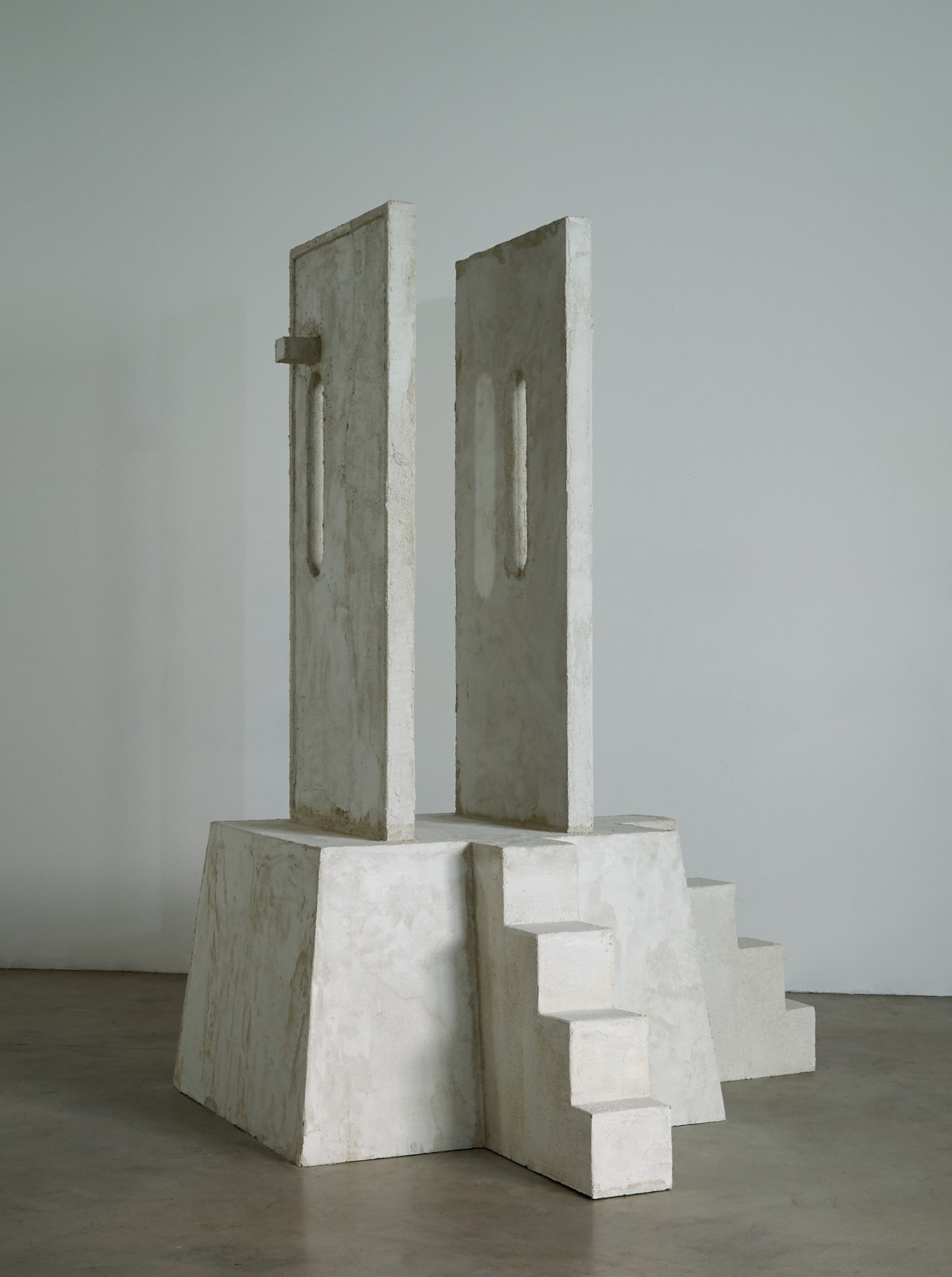
Painting
Like many painting students before her, Zhong rejected painting during college years. She told us she took it up again during the pandemic in order to keep on thinking about her possible worlds while deprived of a studio where to build and sculpt. Lumi Tan wrote that Zhong understands paintings as “ways to secure memories,” which is often how people would define sketching. Figurative painting is a pretty inefficient way of sketching though: it is slow, costly, and it requires concentration. There must be more than sketching to Zhong’s painting. She says: “When I was at home during the pandemic, I was imagining all these situations and wanted to render them somehow. I was basically painting what I wanted to create, sort of making models, concretizing my thoughts, turning non-reality into reality.” Ultimately, Zhong’s painting strikes for its ability to suggest the same atmosphere people experience in her installations, either through the bare representation of imaginary things made real on canvas, or when it takes extra form through her signature sculptural elements added to the typically flat medium. In its richness, a Zhong painting, just like a Zhong sculpture or installation, is a little extra universe added to the current one. At the end of our conversation, the artist told us that the book on her studio table at the moment is by Ben Marcus, another creator of worlds who says his stories are “studies that might serve to clarify the terms obscured within every facet of the living program.” [2] Zhong’s philosophy resonates here.
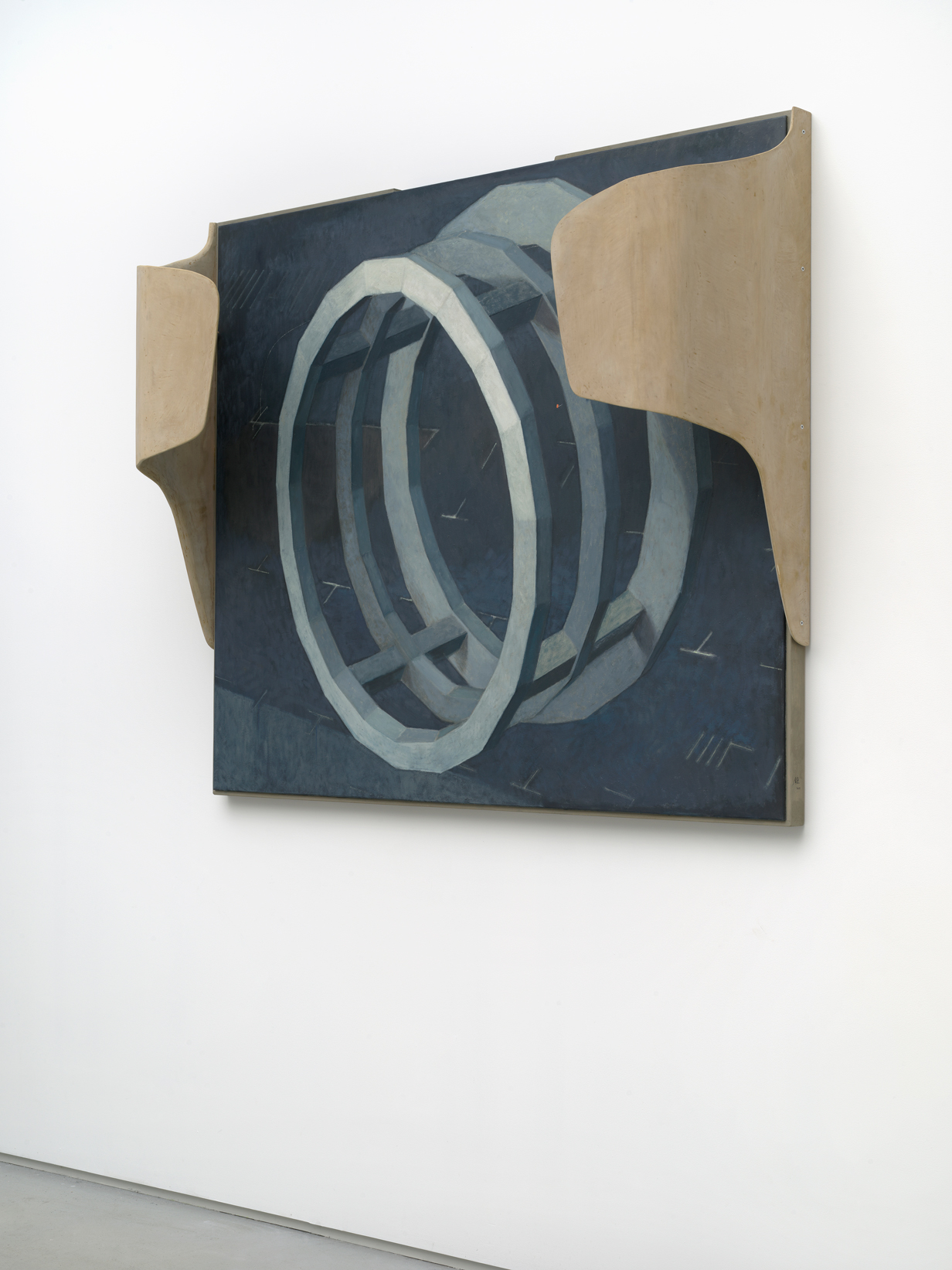
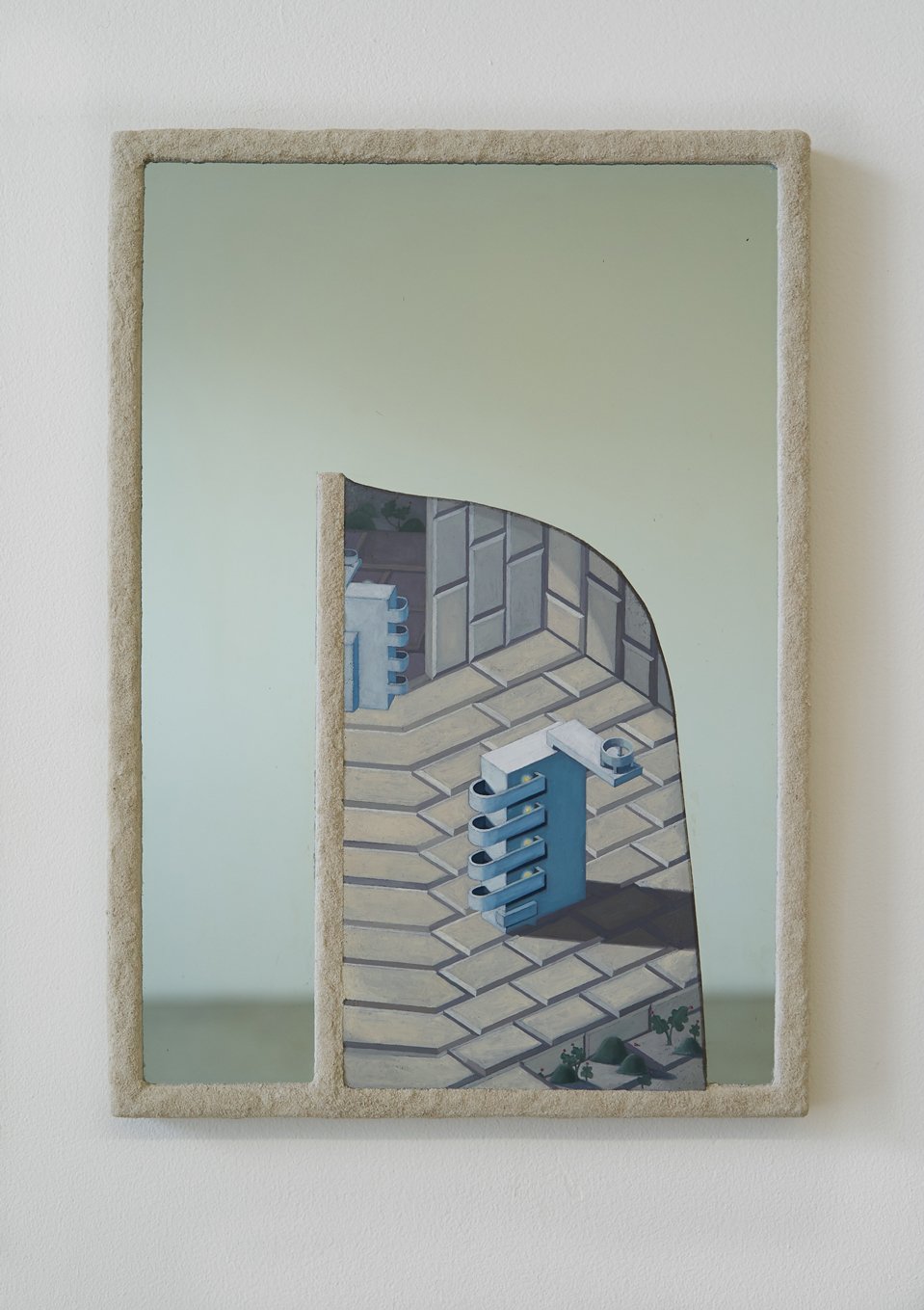
[1] https://www.ribrib.nl/downloads/issue2-modeling-nothingness.pdf
[2] Ben Marcus, “The Age of Wire and Strings”, Granta, 2013, p. 14
March 9, 2022
